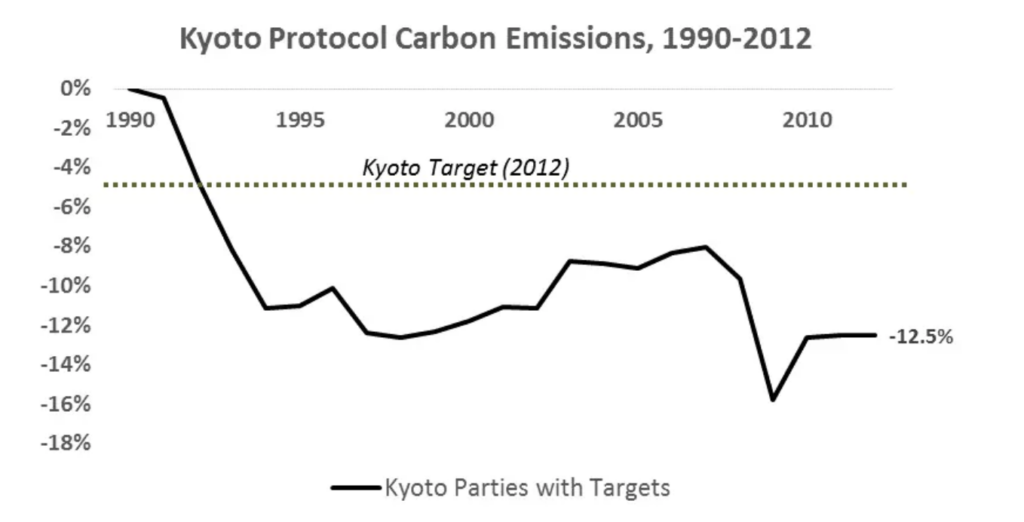New York State is suffering from a solid waste and recycling crisis. Costs of recycling municipalities and taxpayers have skyrocketed, and recycling rates have declined. Further destroying our environment and negatively impacting our health.
Plastic Waste
The EPR
Bills have been introduced in both the New York State Senate and Assembly to help resolve the waste crisis.
The policy, known as Extended Producer Responsibility (EPR) – passed in New York, requires product manufacturers—not taxpayers—to be responsible for the cost of collecting and recycling the packaging and paper they create.
A strong EPR policy will help:
- Reduce waste: EPR incentivizes producers to produce less plastic waste and packaging in the first place
- Increase recycling: New York’s recycling rate is approximately 18%, while countries that have adopted an EPR policy have rates over 70%.
- Eliminate toxic chemicals: Prohibit the harmful “forever chemical” PFAS and other toxic chemicals often used in packaging.
- Reduce plastic pollution in our waterways: Lake Erie is polluted with 381 metric tons of plastic while Long Island Sound has an estimated 165 million plastic particles floating in the water at any given time.
- Save taxpayers money: Local governments (outside of NYC) pay $80 million annually to keep recycling programs going.
- Fight climate change: EPR can lower greenhouse gas (GHG) emissions by over 2.3 million metric tons — the equivalent of taking half a million cars off the road or reducing the state’s GHG emissions from waste by 18%
- As stated by the Citizens Campaign for the Environment
Global Environmental Diplomacy
1987 – the Montreal Protocol – a historic global environmental agreement, ratified by every country globally, to stop producing Chlorofluorocarbons (CFCs) substances that damage the earth’s protective ozone layer.
1992 – the UN Framework on Climate Change (UNFCC) was established and ratified by 197 countries. This framework was the first global accord to address climate change specifically. It founded the annual forum – the Conference of the Parties (COP) – at which international discussions aimed at stabilizing greenhouse gas emissions occur.
2005 – the Kyoto Protocol – The treaty required the signatories to reduce their carbon dioxide emissions by at least 4.7% from the 1990 baseline. Carbon dioxide emissions from the signatory countries dropped by 12.5% from 1990 to 2012. However, global carbon dioxide emissions by all countries (the USA and China never signed the Kyoto protocol) have increased by 51% since 1990.

2015 – the Paris Agreement – The agreement’s long-term temperature goal is to keep the rise in average global temperature to under 2oC and preferably to under 1.5oC above pre-industrial levels. Emissions should be reduced as soon as possible with the aim to reach Net Zero.
2021 – the COP26 meeting in Glasgow – Boris Johnson, the UK Prime Minister and host of COP26, has set a target for the UK to cut greenhouse gas emissions in 2035 by 78% of the country’s 1990 emissions
COP- Conference of the Parties – Supporting the global response to the threat of climate change. 26 representing the 26th United Nations Climate Change conference.
Food Waste
In the United States, millions of pounds of excess food fill up landfills.
Food Rescue U.S states;
- In 2019, in the U.S. 229 million tons of food went unsold or were uneaten.
- Instead of feeding people, the disposal of wasted food leads to more waste such as the unnecessary use of water, labor, and energy to produce, process, transport, prepare, store, and dispose of discarded food.
- In 2010, the EPA estimated food waste at 218.9 pounds of food waste per person sent for disposal. The EPA has a goal to reduce this food waste to 164 pounds per person by 2030.
- Currently, food waste is contributing 8% of total global greenhouse gas emissions.
- This is because, food that ends up in landfills and decomposes releases carbon dioxide (CO2) and methane (CH4), a greenhouse gas that is at least 28 times more potent than CO2. Source: Washington Post
- Americans generate more food waste than any other country. We throw away 40% of our food supply, which equates to an estimated 125-160 billion pounds of food each year. Source: Food Print
Cortland Food Project
The Cortland Food Project (CFP) is a multi-disciplinary group that was formed in 2016, and includes representation from three groups
- The Local Agricultural Promotion (LAP) committee,
- Sustainable Cortland
- Cortland County Hunger Coalition
“Original motivations for the formation of CFP were to identify additional opportunities for local, sustainable agricultural and economic development and to combine efforts in addressing the issues of hunger and nutrition for the disenfranchised, low-income populations in Cortland County” Source: Seven Valleys Health
The CFP collaborates with community members and partners (SUNY Cortland being one of them) of the local food system to advocate for and support policies and actions that promote a healthy population, social equity, economic revitalization, and environmental stewardship.